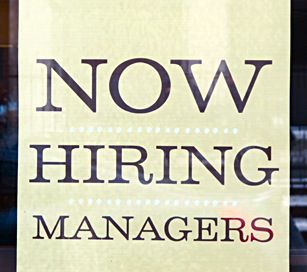
After a year of economic growth, Massachusetts is poised to gradually continue on its road to economic recovery.
As of December 2011, the Massachusetts unemployment rate had dropped to 6.8 percent, according to the Executive Office of Labor and Workforce Development.
This marks a 1.5-point improvement from the previous year and 1.7 points better than the national unemployment rate of 8.5.
Boston has experienced even faster recovery than the state by posting a 6.0 unemployment rate in November 2011, a 1.7-point drop since November 2010. The city’s unemployment rates were not seasonally adjusted.
This drop in unemployment may continue as more companies seek new employees in 2012.
Professional Staffing Group, a Boston-based hiring agency, conducted a survey of more than 100 local companies and found 25 percent of employers said they planned to increase their staffs this quarter, up from 18 percent last quarter.
Although these statistics hold well for the Commonwealth, Kevin Lang, an economics professor at Boston University, said he believes the recent improvement has a lot to do with good fortune and only a little to do with good planning.
“Mostly this is a matter of luck,” Lang said. “While states can influence the long-term health of their economies, they have relatively little effect on short-term fluctuations.”
But Lang also said some credit should be given to rainy day funds and efforts to maintain revenues, which produced smaller cuts in state and local governments than would have otherwise occurred.
Behind Boston’s possible recovery are two of its largest employers – Brigham and Women’s Hospital and Massachusetts General Hospital, which each employed more than 10,000 people in 2011.
BU and BU’s School of Medicine were also listed among the state’s top 200 employers in 2011. Both have employed between 5,000 and 9,999 employees.
Internet service providers and web search portals are projected to be one of the greatest sources of new jobs moving forward, as jobs in that sector are expected to increase by 42.2 percent, according to the EOLWD.
The EOLWD projects between 2008 and 2018 the Professional, Scientific and Technical Services will create 67,730 jobs, a number second only to the 74,358 that Health Care and Social Assistance will create.
But upcoming decisions at the federal level may slow growth in Massachusetts healthcare, education and technology industries.
“Changes in federal government spending could affect all of these areas,” Lang said. “We’ll know more after November, but I would guess that we will see large cuts in defense and in the growth of medical spending.”
On top of the possibility of slower growth next year, recent graduates and those graduating this spring might face other issues if they choose to search for a job in the Bay State this May.
“There may be more jobs in one city than another, but there may also be more competition,” Lang continued, “and the establishment that decides you are the person for whom they are looking may not be in the most common location. There is a lot of luck and randomness in the process.”


















































































































